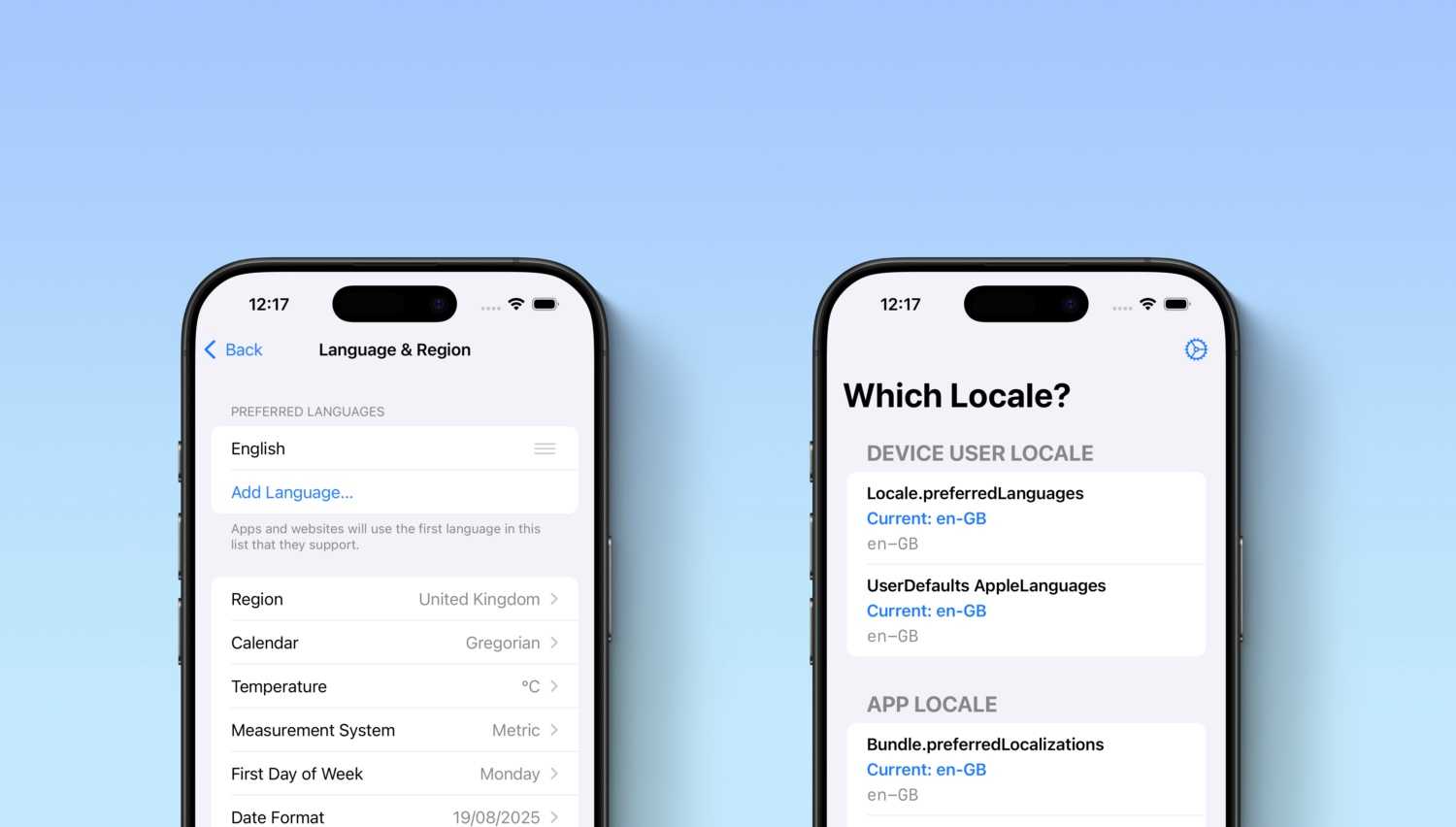Sometimes you will need to access to some native API or you will want to call some existing native code
you already have in place in a React Native app.
This is why Native Modules have been created for both iOS and Android.
Sometimes when you integrated React Native in an existing app, you will want to be able to let your Native
Modules bridges communicate with your UIViewController, especially the ones that contain the RCTRootView React
Native View.
In this post I will show you an architecture to put in place this communication on iOS, that will be compatible with
all the features of React Native (for example it will work also with the live reload functionality). This is an
architecture that we put in place for our mobile apps and it already in production. To show this architecture I
will create a simple app that show a React Native screen as a modal. I will then implement the close button
functionality by calling a native module from the onPress on a React Native button.
Below you can see the final result.
The architecture we put in place is based on the NSNotificationCenter. The description of this part of the iOS
SDK is the following one:
A notification dispatch mechanism that enables the broadcast of information to registered observers. Objects register with a notification center to receive notifications (NSNotification objects) using the addObserver (_:selector:name:object:) or addObserver(forName:object:queue:using:) methods. When an object adds itself as an observer, it specifies which notifications it should receive. An object may therefore call this method several times in order to register itself as an observer for several different notifications.
This definition basically means that with this api we are able to register class to events send by another one. This
is exactly what we need to put in place the communication between our Native Modules bridges and our UIViewController.
Let’s start from the MainViewController. In it there’s only a button with an action to start the React Native modal
UIViewController called ReactNativeModalViewController.
class MainViewController: UIViewController {
override func viewDidLoad() {
super.viewDidLoad()
}
@IBAction func showReactNativeModal(_ sender: Any) {
present(ReactNativeModalViewController(), animated: true, completion: nil)
}
}The ReactNativeModalViewController is a UIViewController with the setup needed to launch a React Native context. This
UIViewController is an observer of the ReactEventCloseModal event in the NSNotificationCenter. This event is
generated in the Native Modules bridge. The action executed for this event is contained in the closeModal event.
class ReactNativeModalViewController: UIViewController {
override func viewDidLoad() {
setupReactNative()
registerToReactNativeEvents()
}
private func setupReactNative() {
let rootView = RCTRootView(
bundleURL: URL(string: "http://localhost:8081/index.bundle?platform=ios"),
moduleName: "ReactNativeModal",
initialProperties: nil,
launchOptions: nil
)
self.view = rootView
}
private func registerToReactNativeEvents() {
NotificationCenter.default.addObserver(self,
selector: #selector(closeModal),
name: NSNotification.Name(rawValue: ReactEventCloseModal),
object: nil)
}
@objc private func closeModal() {
DispatchQueue.main.async { [unowned self] in
self.dismiss(animated: true, completion: nil)
}
}
}Now let’s have a look at Native Module created for the app, the ReactNativeModalBridge. In this bridge there just
one react method, closeModal. This is the one called from the React Native JS side. In this method we are sending
an event with the identifier ReactEventCloseModal. This identifier is defined inside the files ReactNativeEvents .h/ReactNativeEvents.m as a constant with string value closeModal.
The ReactNativeModalViewController is subscribed to this type of event (as we saw above). This basically means that
when the closeModal bridge method is called from the React Native Javascript
code a new event ReactEventCloseModal is generated and the ReactNativeModalViewController will execute the subscribed
method defined in it. We have all setup to have our Native Modules communication with our controllers .
Below you can find the header and implementations of the
ReactNativeModalBridge bridge (written in Objective-C
).
#import <Foundation/Foundation.h>
#import <React/RCTBridgeModule.h>
@interface ReactNativeModalBridge : NSObject<RCTBridgeModule>
@end
#import "ReactNativeModalBridge.h"
#import "ReactNativeEvents.h"
@implementation ReactNativeModalBridge
RCT_EXPORT_MODULE();
RCT_EXPORT_METHOD(closeModal) {
[[NSNotificationCenter defaultCenter] postNotificationName:ReactEventCloseModal object:nil];
}
@endNow it’s time to see the javascript code. Below you can see the ReactNativeModal component. Inside this component
there is a call to the native module NativeModules.ReactNativeModalBridge.closeModal() described above. In this way the modal will
be closed directly from the native side.
class ReactNativeModal extends React.Component {
render() {
return (
<View style={styles.container}>
<Text style={styles.hello}>Hello modal!</Text>
<Text style={styles.message}>
I'm a react native component. Click on the button to close me using
native function.
</Text>
<Button
title={"Close me"}
onPress={() => NativeModules.ReactNativeModalBridge.closeModal()}
/>
</View>
);
}
}That’s all for our native modules communication architecture iOS. You can find the complete example in this github repository.





